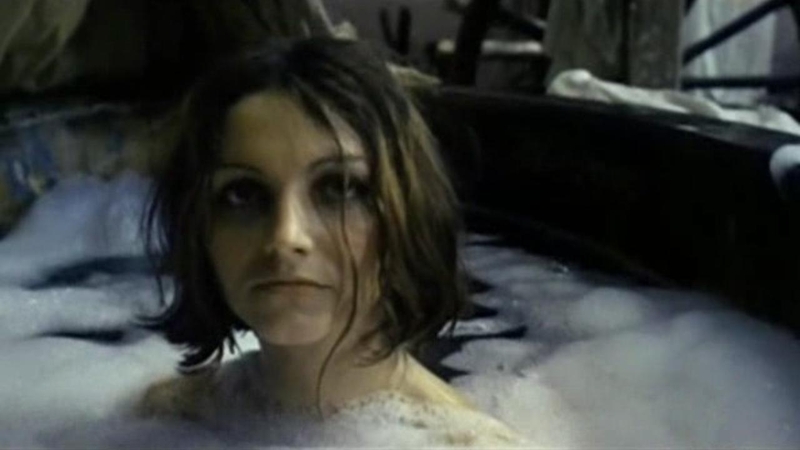
Filmmaker Juraj Jakubisko began shooting See You In Hell, Friends during the Prague Spring of 1968, finished the picture in 1970, but didn’t see it released until 1990. See You In Hell, Friends was censored and withheld by the Soviet regime. The message of See You In Hell, Friends to keep moving forward and fighting for the future was obviously believed to be incendiary. Jakubisko’s use of symbols and surrealistic structure was polemical of church and state; a subversive act of art against the Soviet status quo.
Jakubisko’s film follows a group of free-thinking, free-loving people who, after a fatal car crash, reminisce as they descend through hell. Once in hell this merry band rebels, throwing off the chains of purgatory only to escape to repeat the sins and failures of a life mis-spent. The bulk of the film occurs as flashbacks, charting the exploits of a veritable commune as they revel in their own pleasures isolated from the world. The main theme that Jakubisko posits is that to insulate one’s immediate world is too betray justice. In See You In Hell, Friends acts of remembrance are the ultimate form of social and political insulation; looking backward and inward rather than outward and forward.
The hedonism of the commune literally vanquishes a pair of nuns who are constantly compared with witches and are later depicted as a mechanism of hell. Jakubisko treats church and state as one and the same, and the iconography of both becomes symbols of damnation and destruction. Jakubisko’s anti-authoritarian posture extends beyond mere visual symbolism in the production design and framing and into his approach to montage. There is no sense of traditional continuity to how See You In Hell, Friends is cut. The film lunges forward aggressively, continuity be damned.
The absence of See You In Hell, Friends from critical discourse for twenty years has rendered the film as a largely forgotten entry in the rebellious Czech New Wave. See You In Hell, Friends deserves a place in the same pantheon as Daisies (1966) and A Report On The Party And Guests (1966). These films of formal resistance and subversive narratives feel as relevant today as they did when they were made.
